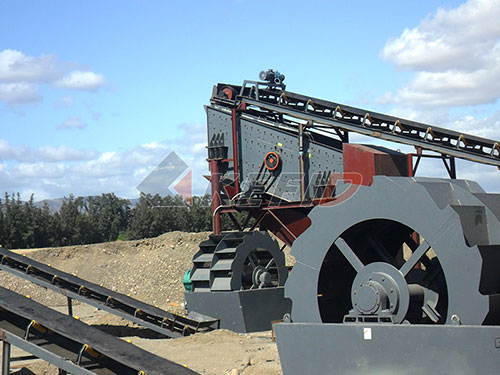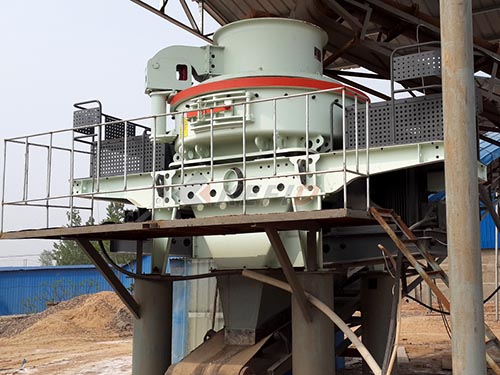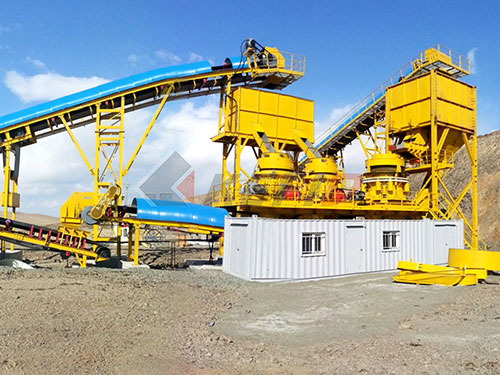The Dodge Crusher: A Pivotal Design in Jaw Crushing History

While modern jaw crushers predominantly follow the Blake design principle, the Dodge Type Jaw Crusher occupies a significant place in the evolution of rock crushing technology. Developed shortly after Eli Whitney Blake’s revolutionary invention, the Dodge crusher offered a distinct mechanical approach, solving specific challenges and carving its niche, particularly in laboratory and small-scale applications. Understanding its design reveals a fascinating alternative solution to the problem of reducing hard materials.
Core Principle: The Fixed Bottom Pivot
The defining characteristic of the Dodge crusher lies in the location of its pivot point. Unlike the Blake crusher, where the movable jaw pivots at the top, the Dodge design fixes the pivot point for the movable jaw at its bottom, near the discharge opening.
The Swing Motion: This bottom pivot creates a fundamentally different action. As the eccentric shaft rotates, it moves the top of the movable jaw back and forth horizontally. Because it’s hinged at the bottom, this horizontal motion at the top translates into a pronounced vertical swinging motion at the discharge end.

The Crushing Action: Imagine a door swinging on its hinges – that’s analogous to how the bottom of the Dodge movable jaw moves. Material entering at the top (the feed opening) is gripped between this vertically swinging lower section of the movable jaw and a fixed vertical surface (the stationary jaw). The primary crushing force is generated by this vertical compression near the discharge point.
The Resulting Product: Due to this action focusing force near discharge and minimal relative movement at larger openings near feed, Dodge crushers tend to produce a more uniform product size compared to Blake crushers. However, they also inherently have a much smaller discharge opening relative to their feed opening.
Advantages: Uniformity and Simplicity
This unique design offered specific benefits:
1. Uniform Product Size: The concentrated crushing force near a relatively fixed discharge gap promoted more consistent sizing of crushed material.
2. Reduced Fines Generation: The vertical compression minimized rubbing or grinding action between particles compared to Blake designs, often resulting in less fine material production.
3. Simplicity (Conceptual): The mechanism itself was mechanically straightforward.
Disadvantages: Capacity and Wear
These advantages came with significant trade-offs:
1. Lower Capacity: The fundamental limitation was throughput. The small discharge opening relative to feed size severely restricted capacity compared to Blake crushers of similar physical

Leave a Reply